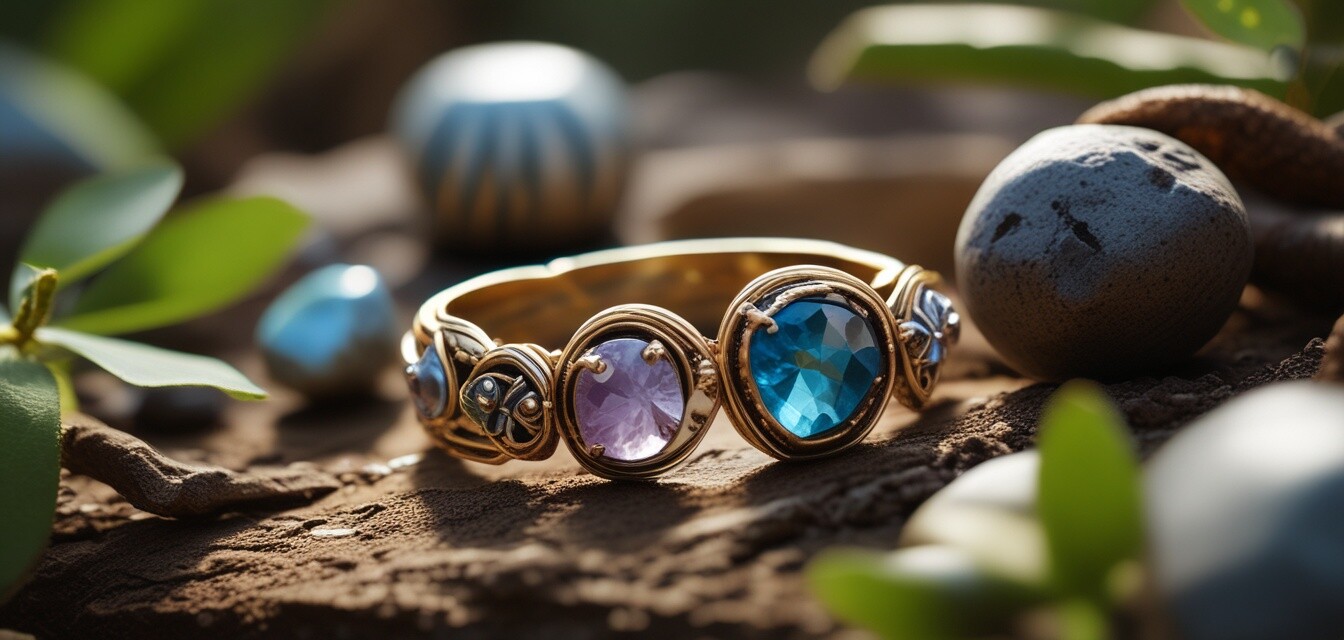
Integrating Fair Trade Principles in Jewelry Design
Key Takeaways
- Understanding fair trade principles in jewelry production.
- Benefits of ethical sourcing for artisans and communities.
- Importance of transparency and certification in the supply chain.
- Ways to identify truly fair trade jewelry products.
- Impact on the environment and sustainable practices in design.
In recent years, there has been a significant shift towards sustainability and ethical practices in various industries, including jewelry design. Integrating fair trade principles into jewelry design not only benefits artisans and communities but also promotes environmental sustainability. This article will explore the core aspects of fair trade in jewelry, its impact on the industry, and how consumers can make informed choices when selecting pieces that align with these values.
Understanding fair trade principles
Fair trade is a movement that aims to create equitable trade relationships between producers in developing countries and consumers in developed markets. In the context of jewelry design, this means ensuring that artisans and workers receive fair wages, work in safe conditions, and have opportunities for professional growth. Here are some essential components of fair trade principles:
- Fair wages: Ensuring artisans and workers are compensated fairly for their craft.
- Safe working conditions: Providing a safe and healthy environment for all workers involved.
- Empowerment: Supporting community development projects to empower artisans and their families.
- Environmental sustainability: Promoting eco-friendly practices in the sourcing and production of jewelry.
Benefits of ethical sourcing
Integrating fair trade principles in jewelry design offers numerous advantages for artisans, communities, and consumers alike. Here's a breakdown of the benefits:
| Benefits | Artisans and Communities | Consumers |
|---|---|---|
| Fair wages | Improved quality of life | Support for ethical practices |
| Community development | Enhanced local infrastructure | Unique, handcrafted pieces |
| Environmental sustainability | Conservation of resources | Reduction of carbon footprint |
| Empowerment | Skill development and education | Stronger consumer trust |
Importance of transparency and certification
Transparency in the supply chain is crucial when it comes to fair trade jewelry. Consumers must be able to trace the origins of their jewelry pieces to ensure that they are genuinely ethically sourced. Several organizations offer certification for fair trade products. Here are some notable certifications:
- Fair Trade International
- World Fair Organization
- Fair Trade Certified
By looking for these certifications, consumers can make assured purchases that support fair trade principles. You can learn more about buying guides for sustainable jewelry to ensure you’re making informed choices.
Identifying truly fair trade jewelry products
As a consumer, distinguishing between genuinely fair trade items and those that may falsely claim such practices can be challenging. Here are some tips to help you identify authentic fair trade jewelry:
Tips for identifying fair trade jewelry
- Check for third-party certifications.
- Research the brand’s sourcing practices.
- Look for artisan stories and details about their working conditions.
- Support brands that actively promote fair trade practices.
Impact on the environment
Jewelry production can have a significant impact on the environment, especially when involving mining practices. However, integrating fair trade principles encourages environmentally friendly practices, such as:
- Using recycled materials
- Employing sustainable sourcing methods
- Minimizing waste during production
Supporting brands that focus on eco-friendly practices helps protect our planet, and by purchasing authentic fair trade jewelry, consumers contribute to a more sustainable future. For insights on sustainability practices in the industry, feel free to explore more.
Conclusion
Integrating fair trade principles in jewelry design is essential for fostering a more ethical and sustainable industry. By understanding the importance of fair wages, safe working conditions, and transparency, consumers can make informed choices that benefit both artisans and the environment. Supporting genuinely ethical jewelry brands leads to a positive impact on communities and helps ensure a brighter future for all. Embrace the principles of fair trade and wear your jewelry proudly, knowing it supports craftsmanship and sustainable practices.
Pros
- Supports artisan communities
- Creates sustainable job opportunities
- Promotes eco-friendly practices
- Increases consumer awareness about ethical sourcing
Cons
- Higher cost compared to non-ethical products
- Limited availability in certain markets
- Potential for greenwashing by some brands